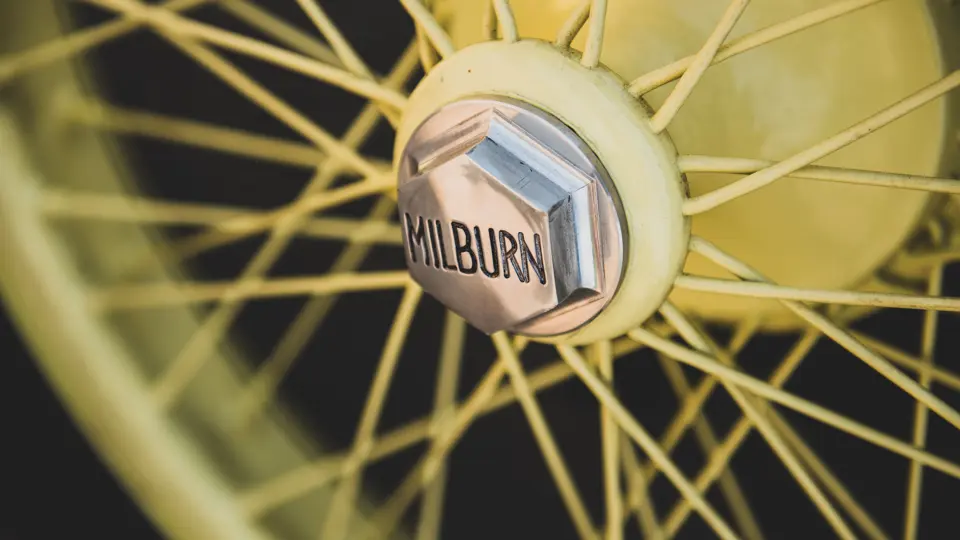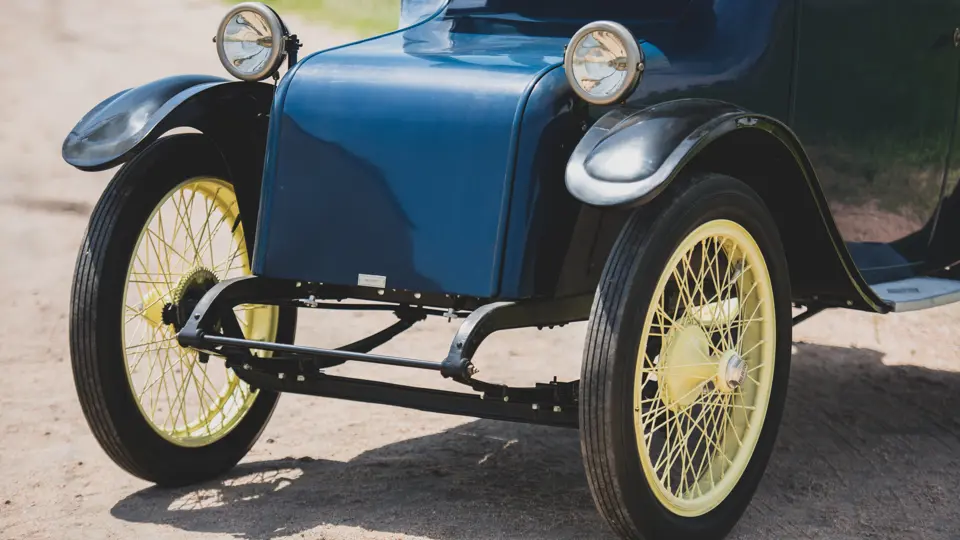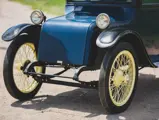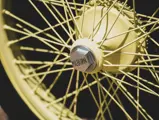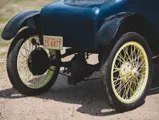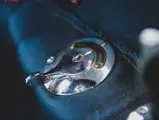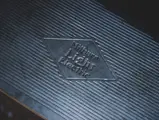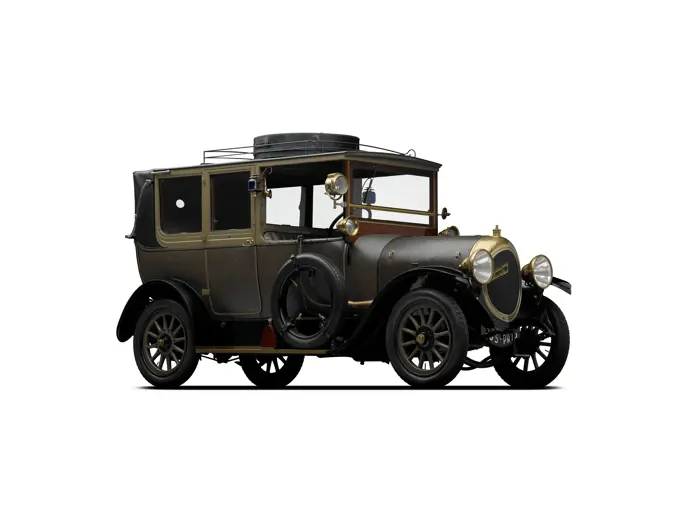The golden age of the electric car did not begin until 1910, when electric mains had reached a significant portion of the U.S. population. In contrast to Baker and Detroit, making electric automobiles since 1900 and 1907, respectively, the Milburn Wagon Company of Toledo, Ohio, did not enter the business until 1914. An advantage of the Milburn was a battery pack on rollers, allowing fresh batteries to be quickly installed, eliminating the downtime for charging. Most Milburns were of the high-roof “phone booth” style, but a roadster, a delivery van, and a town car were also available. Sales were brisk at first, 1,000 cars in 1915 and 1,500 the next year, but in 1923, when the vogue of the electric car had faded, production ceased, and the factory was sold to General Motors.
Purchased by the Merrick Auto Museum in 1995, this Model 15 Milburn was previously owned by Jean and J Brown of Tulsa, Oklahoma. A veritable living room on wheels, it is driven from the left position of the rear seat. Two rear-facing front seats fold down for additional passengers.
The interior bears plush bolstered cloth upholstery and crimson curtains on the rear quarter windows. The fabric looks new. The driving position is at the rear, with tiller controls on the left side. In front are two rear-facing fold-down seats. The high roof permits glass of picture-window dimensions all the way around. Instrumentation includes a Stewart speedometer, the odometer of which indicates barely 30,000 miles. The exterior, with dark blue body harmonizing with black roof and fenders, presents well but for a small area of chipped paint below the rear window.
With fully charged batteries, Milburn electrics will accelerate briskly to a top speed of 19 mph and have a range of about 60 miles, entirely adequate for most local journeys.
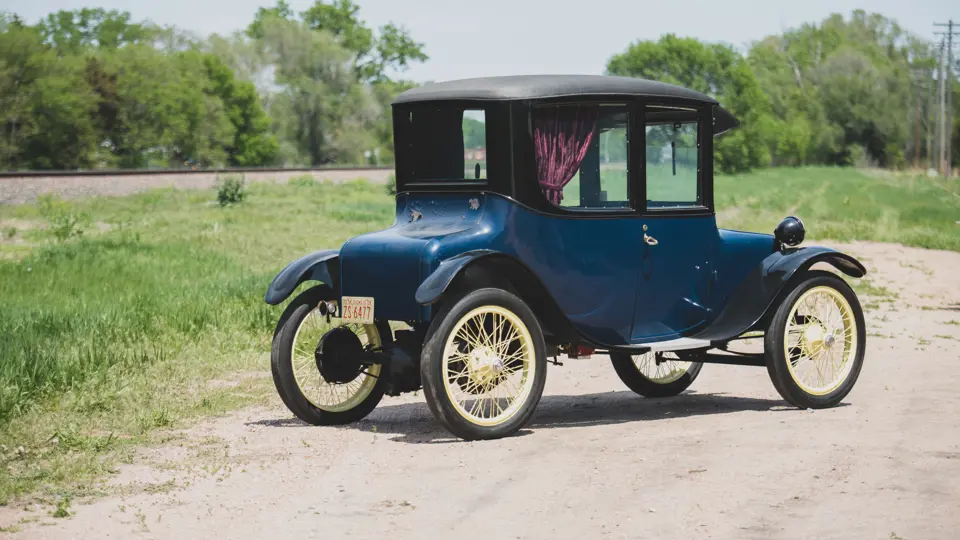
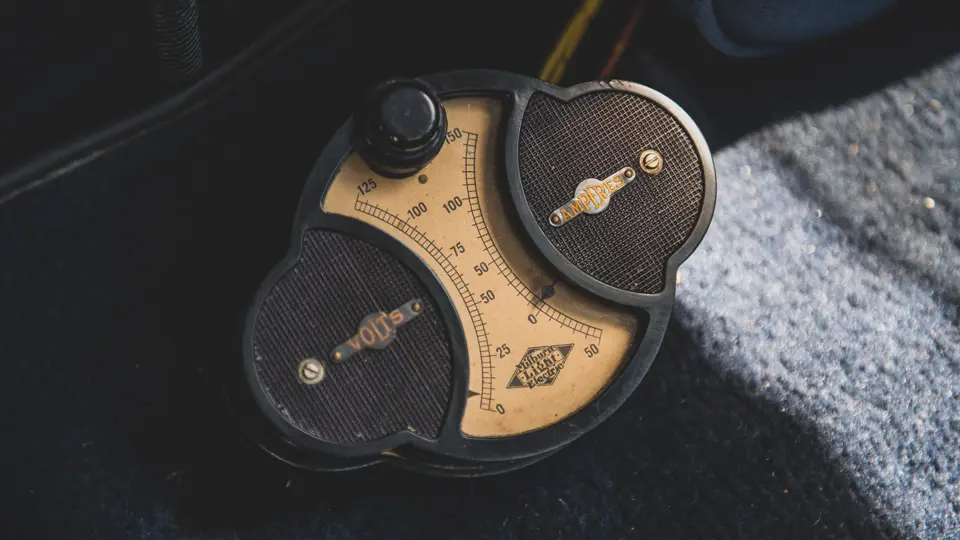


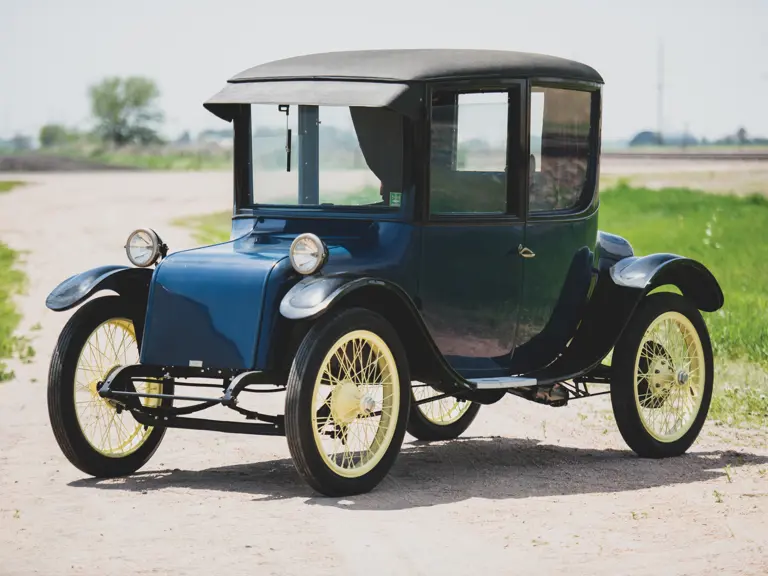

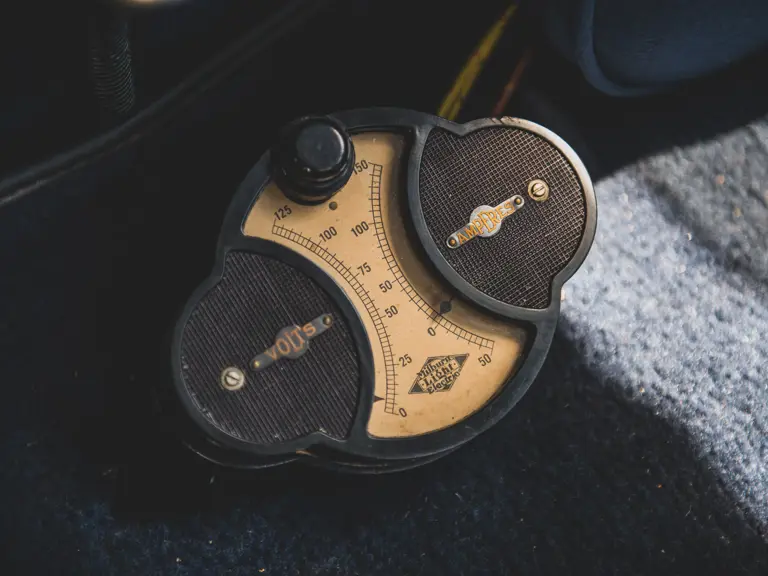
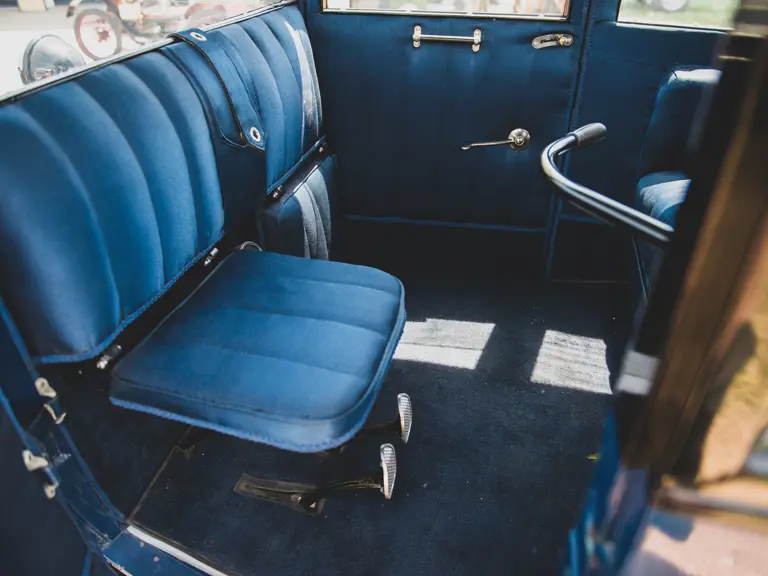
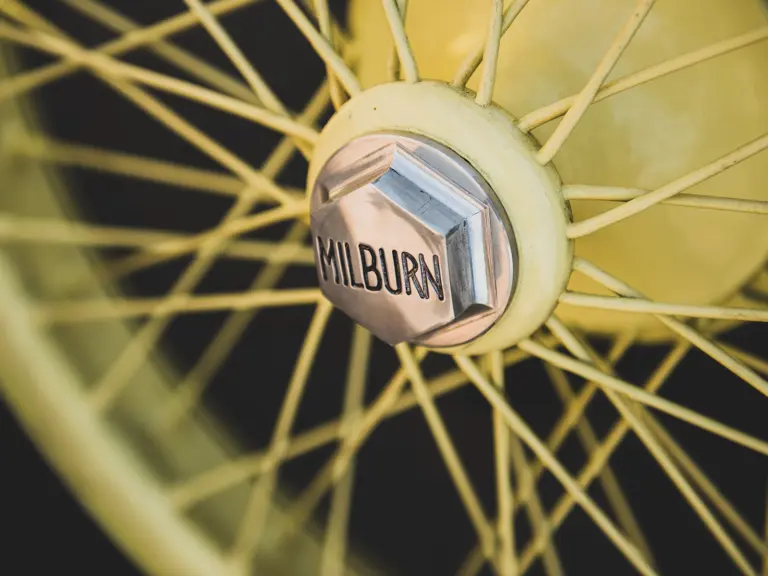
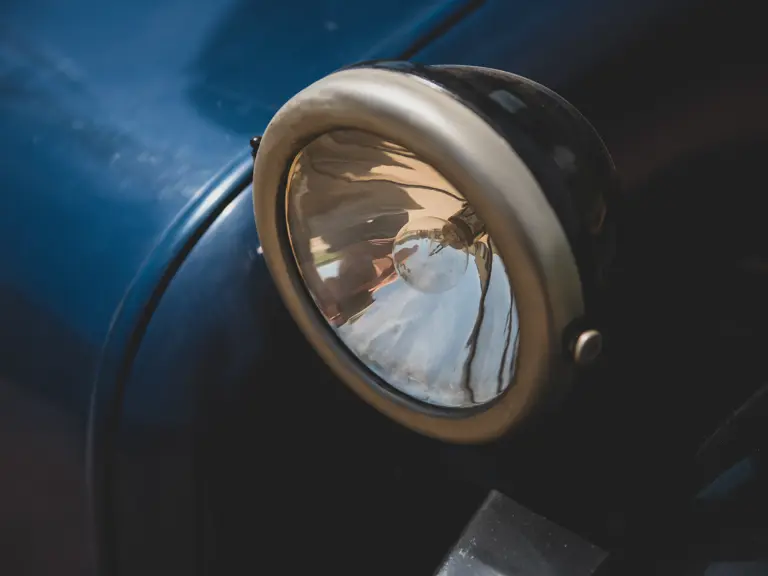
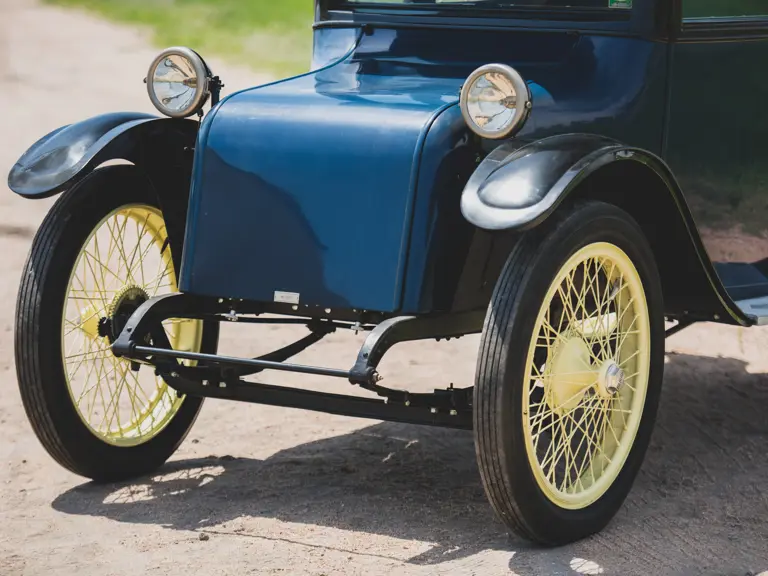


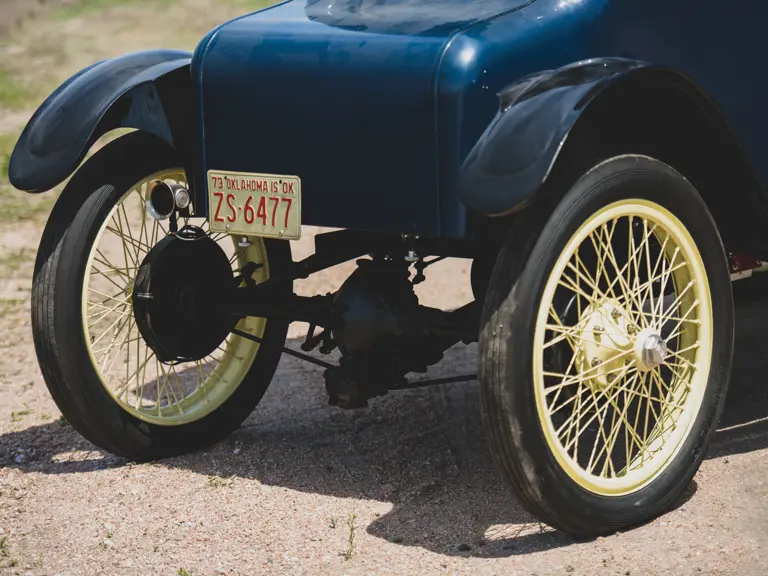
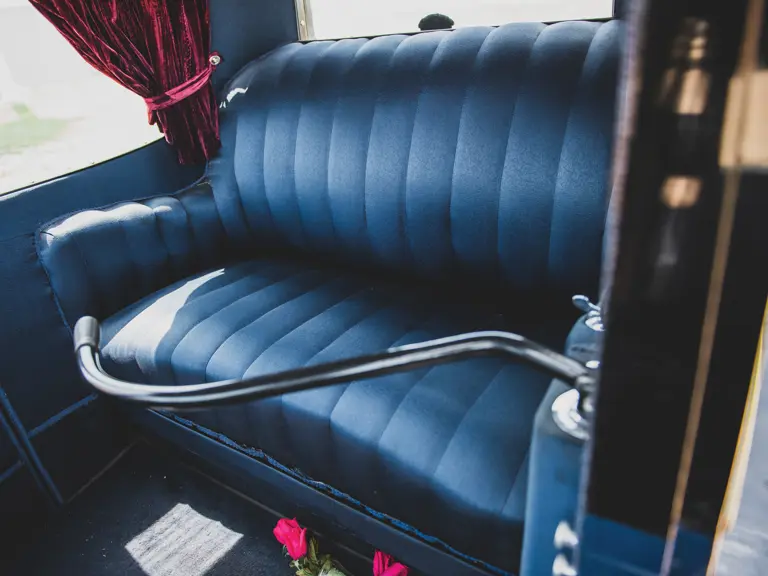
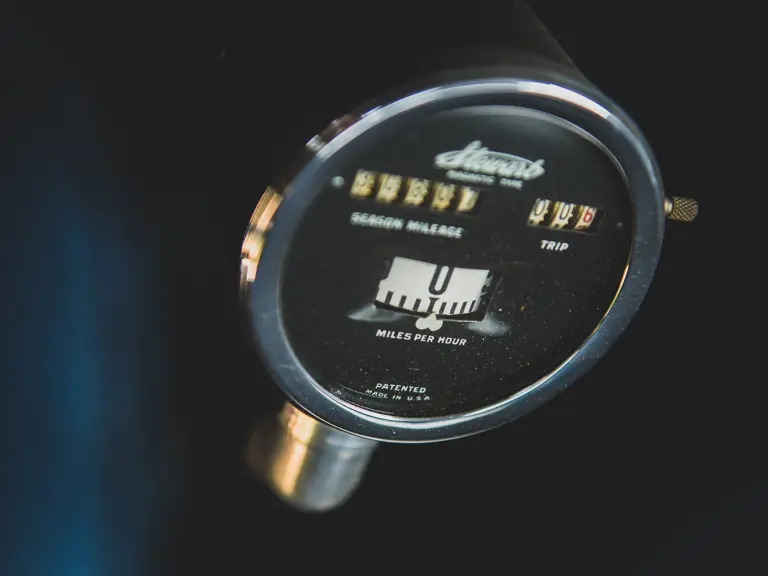
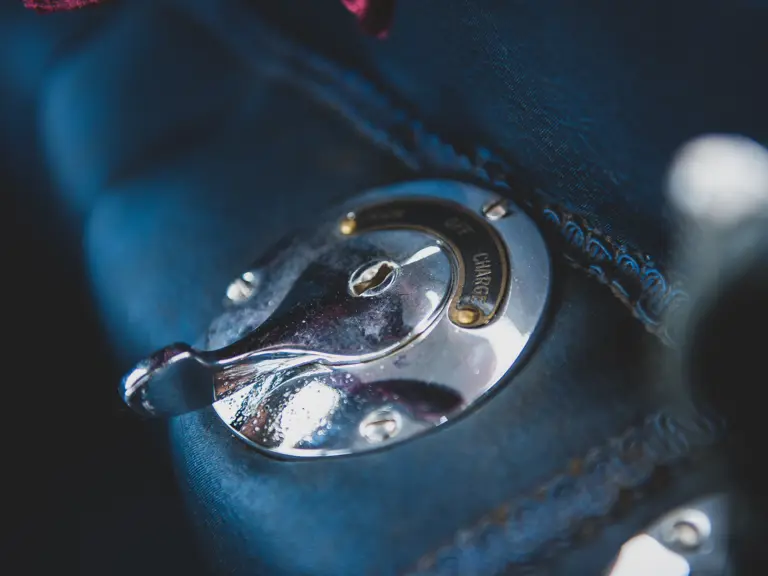
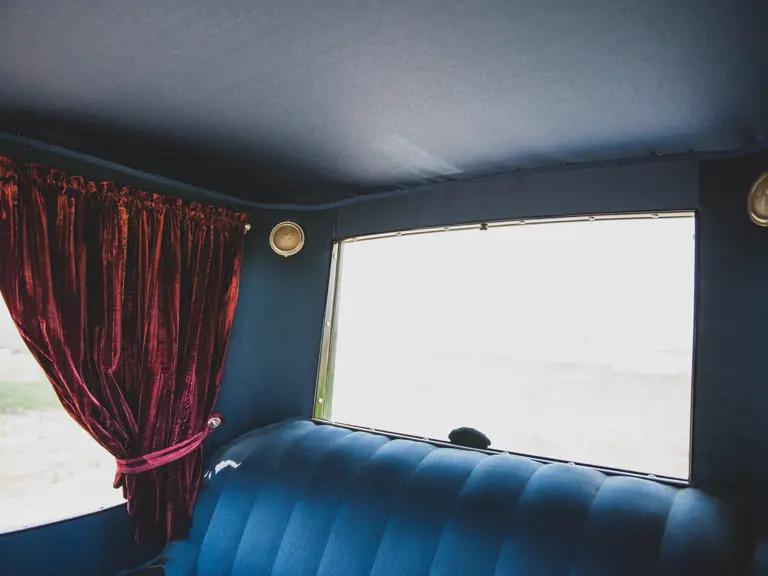
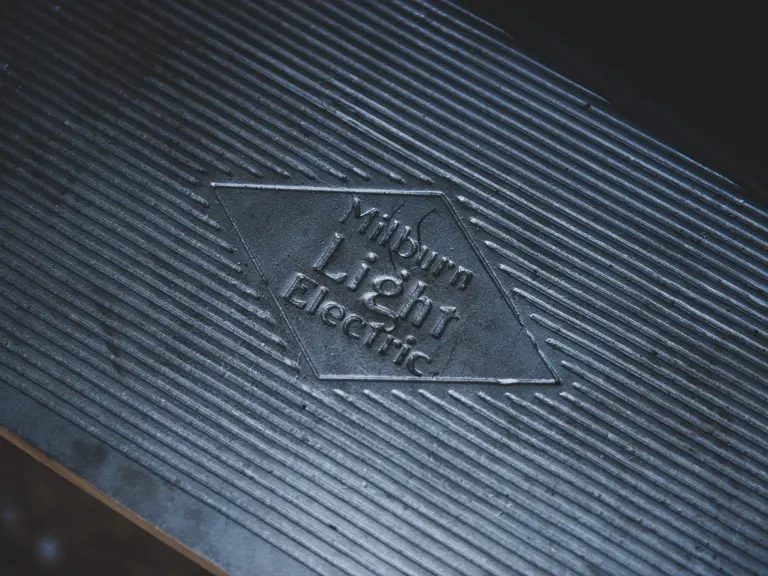
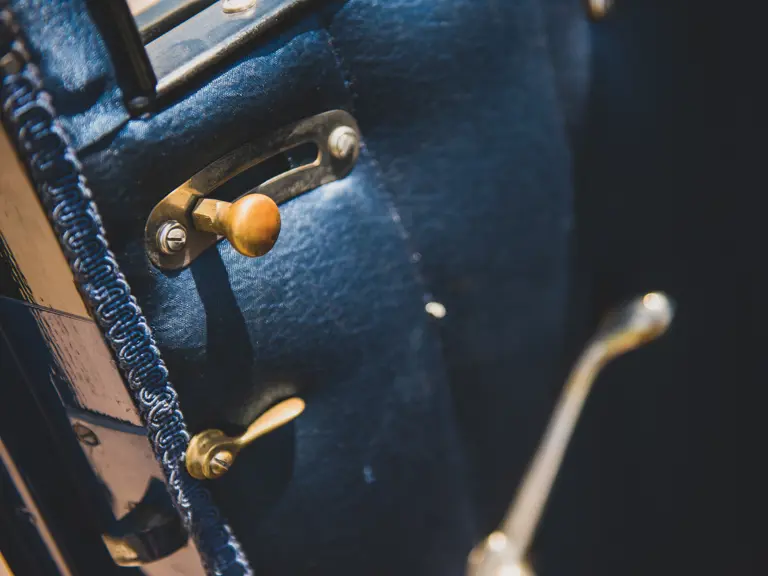
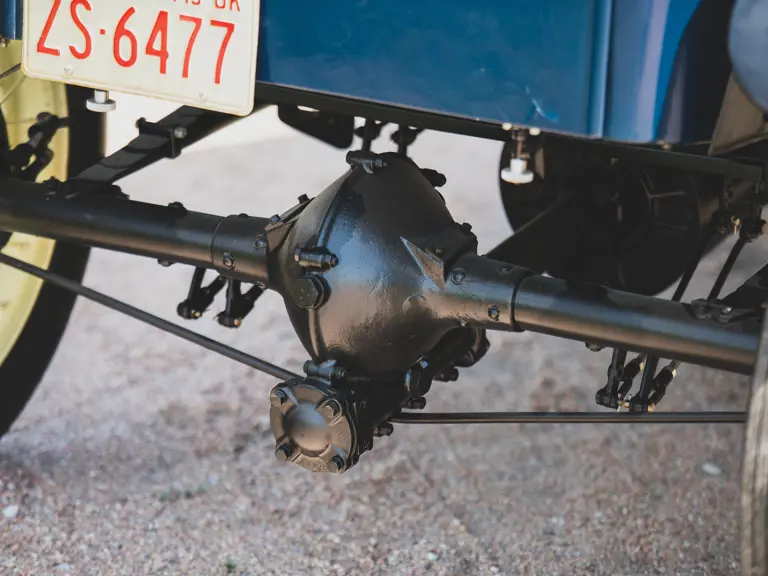
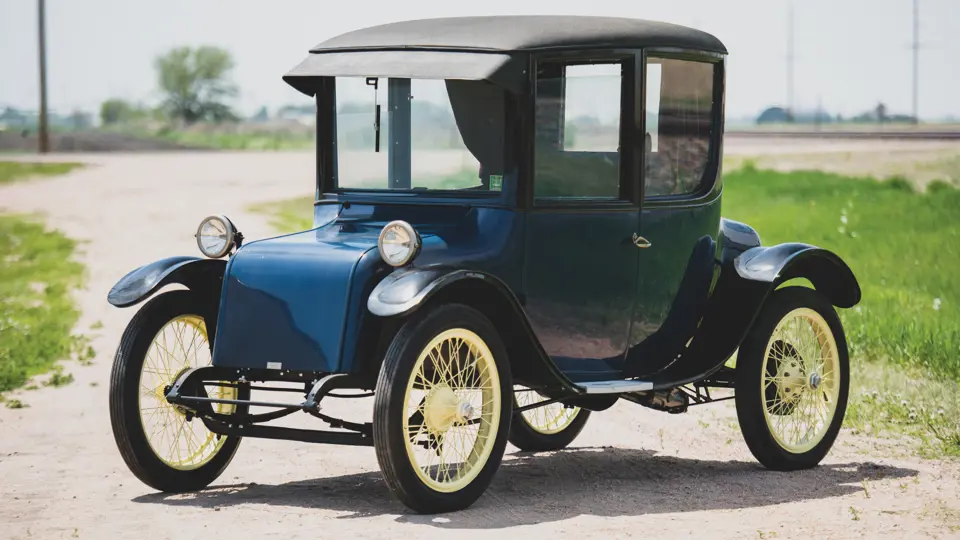
 | Hershey, Pennsylvania
| Hershey, Pennsylvania
